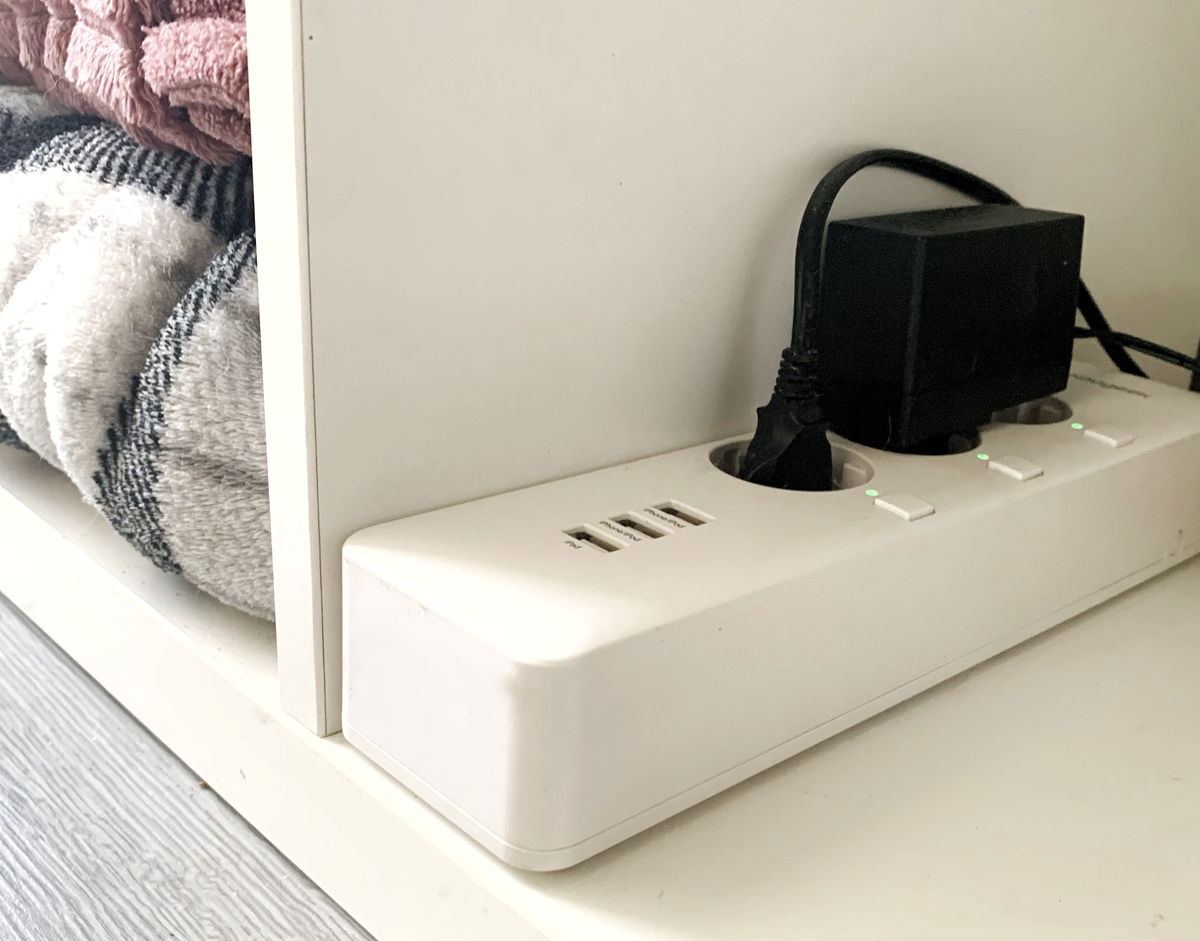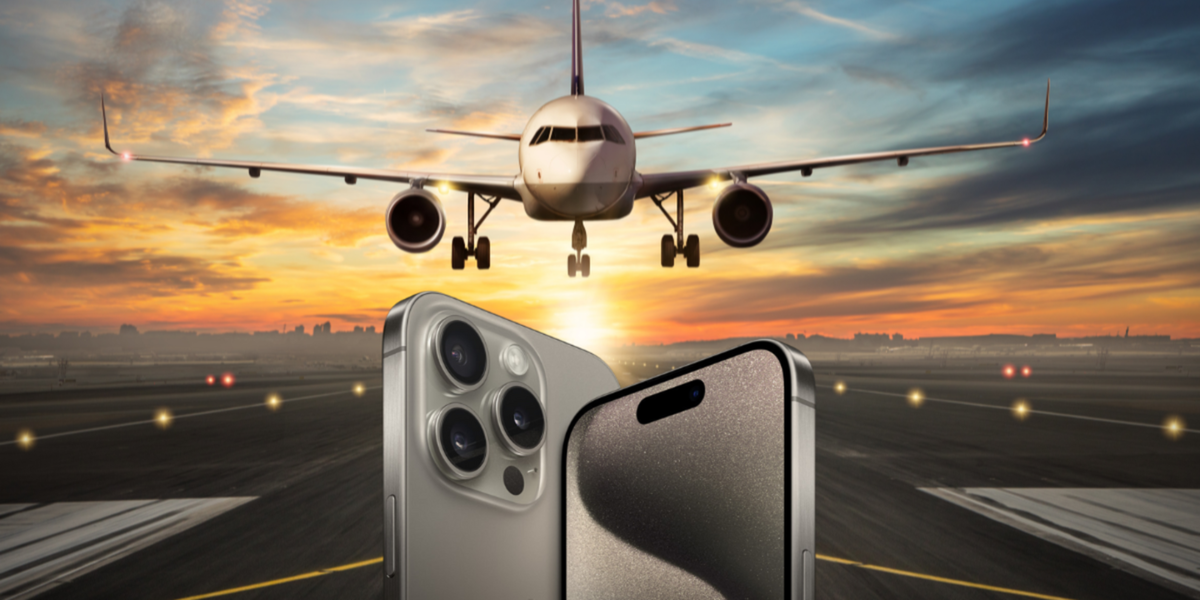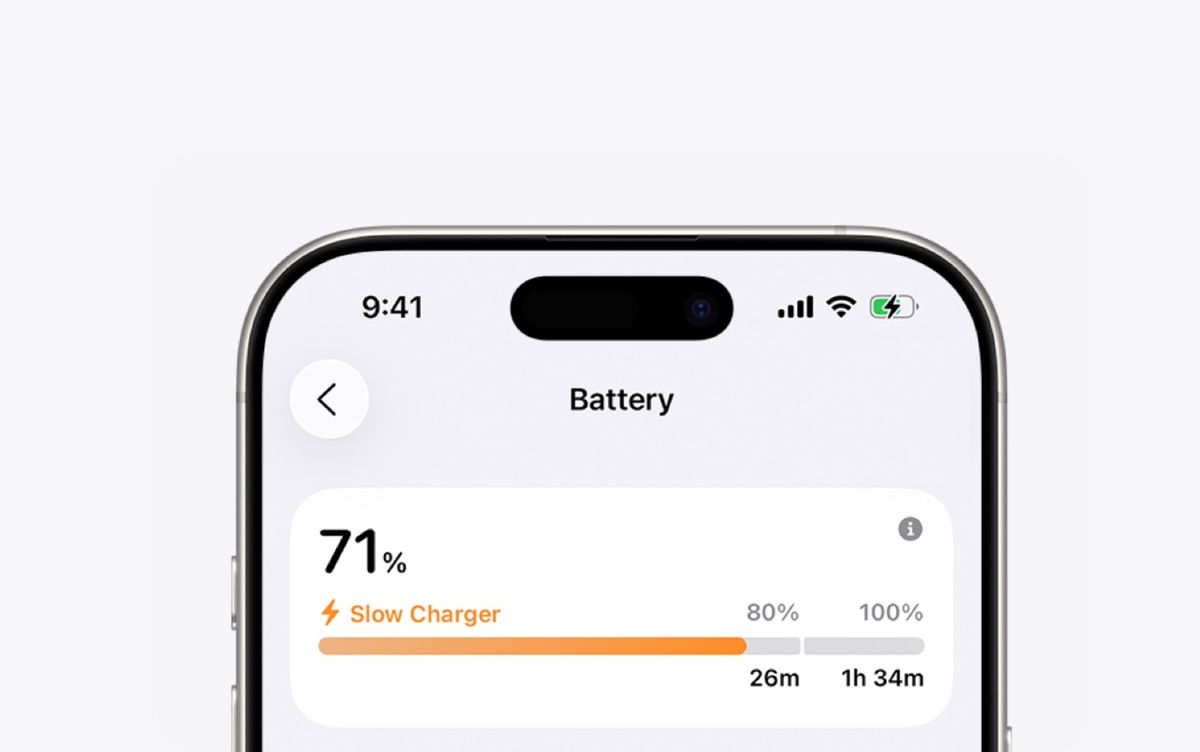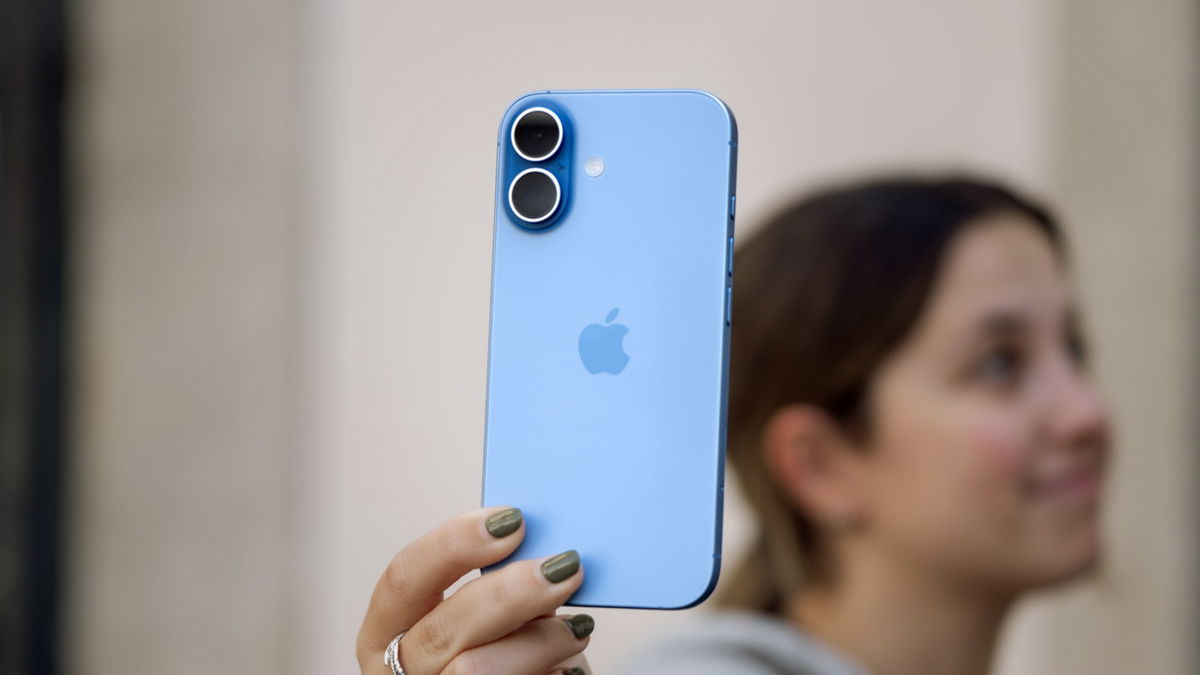This is the physical explanation for why an iPhone can survive being dropped from a plane
“Terminal speed” saved the iPhone!
The durability of the iPhone has caused astonishment and admiration since its first versions. However, a recent case has literally taken this reputation to new heights. In January of this year, an iPhone survived a drop from an airplane at 16,000 feet without significant damage, raising further questions about its durability.
It’s no coincidence that the iPhone 14 Pro Max survived falling off Alaska Airlines Flight ASA1282, losing one of the doors just after takeoff from a runway in Portland. Behind this success lies solid engineering, which explains the durability of modern technology. and we will share it with you immediately.
Physics explains why the iPhone can withstand drops from heights
As a result of the event, journalist Joanna Stern of the Wall Street Journal decided to investigate “the success of the iPhone.”
for him Compares iPhone 14 and Samsung Galaxy S23 in various drop tests. Although Stern’s results vary between different tests, The biggest test was dropping both phones from 300 feet above the ground, without a casein a grassy area.
Although the iPhone was the center of attention in the Alaska Airlines flight incident, Depressurizing the plane also destroyed other electronic devices It came out of the hole opened in the fuselage of the plane. But unlike most, the iPhone was found in the roadside grass in excellent condition and unlocked, making it easy to return it to its owner.
According to Stern’s tests, Both phones survived with “no real damage” other than some dirt and grass build-up. Moreover, he discovered that the scientific explanation stems from something called “terminal velocity.”
According to former NASA mechanical engineer and now YouTuber Mark Rober:
It doesn’t matter if you drop your phone from 300 feet or from space. “It’s going to be the same result because of something called terminal velocity.”
Rhett Allain, a professor of physics at Southeastern Louisiana University, explained that a smartphone will increase its speed to around 60 miles per hour due to its mass, size and shape. At this point, Air resistance prevents it from accelerating.
Both experts agree A grass surface similar to the area where the iPhone fell helps cushion the impact of the objectallows a more gradual deceleration. But, If the device had fallen on a paved sidewalk, the deceleration would have been much more abrupt.This would significantly reduce the likelihood of the iPhone being left in its found state.
Although with each generation Apple tries to deliver an increasingly durable iPhone to survive an impactful drop unscathed, Other conditions are also needed in this story, such as those that reached the iPhone 14 Pro Max.
Source: i Padizate













